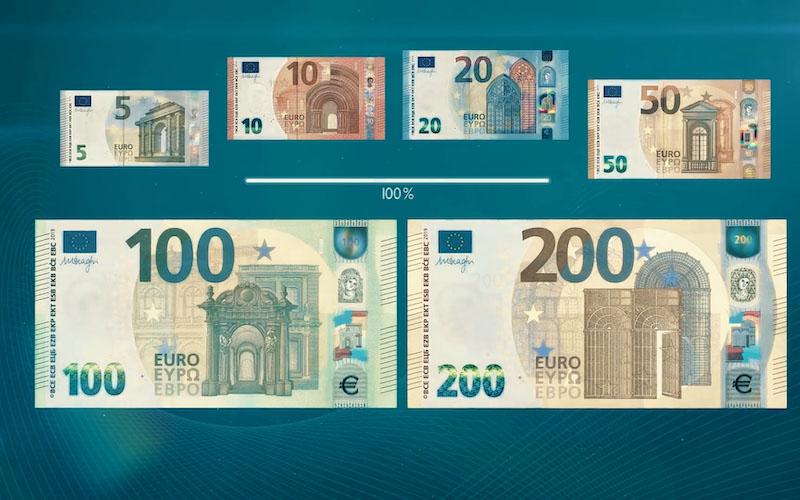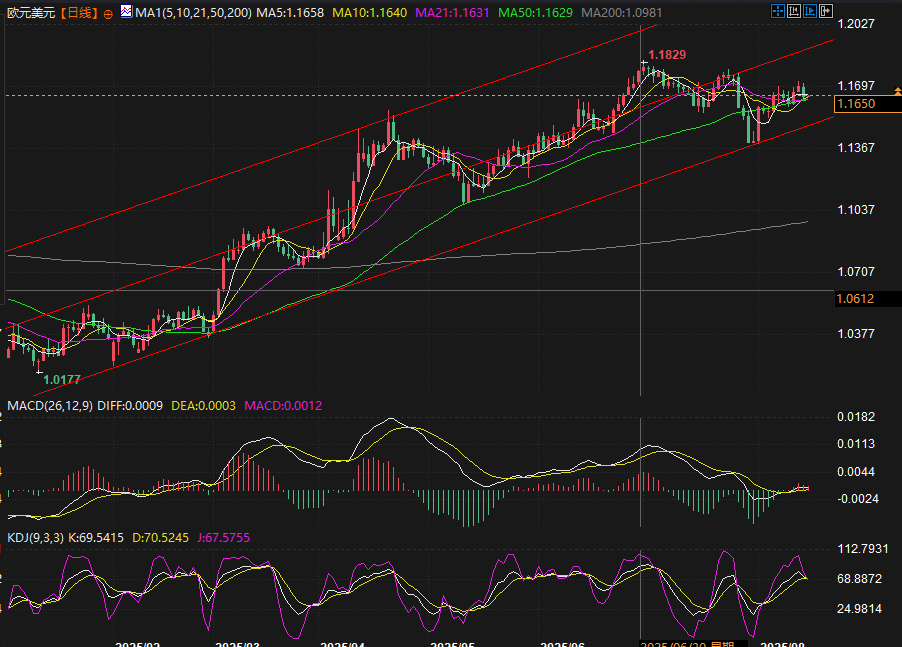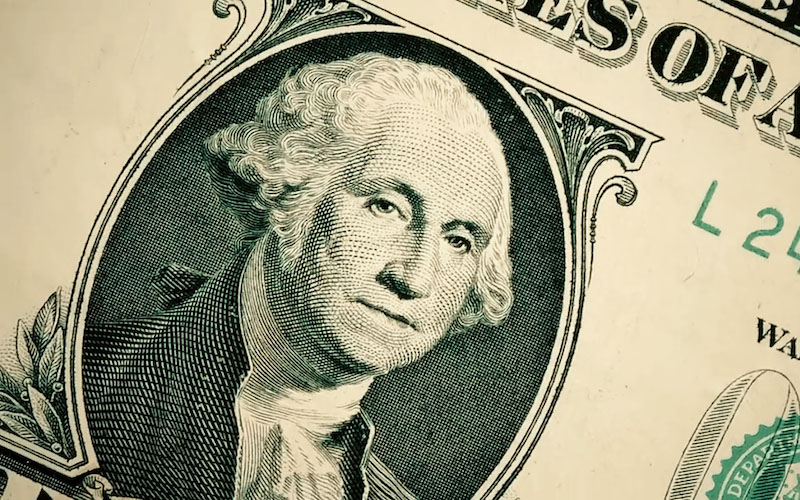The steepening US yield curve raises inflation alarms, but Europe presents an arbitrage opportunity
2025-08-15 09:49:03

The unexpected 3.7% year-over-year increase in the US Producer Price Index (PPI) triggered a single reaction from the bond market: a rise in Treasury yields. Initially, the market reaction was mild, with only a small single-digit percentage point increase across the yield curve. It seemed the market dismissed it as "just a PPI number." A similar increase in the Consumer Price Index (CPI) would have resulted in a much more pronounced market reaction—especially given the 0.9% month-over-month increase in the PPI in July.
Despite this, market pressure was evident in the hours following the data release, and the overall reaction was quite significant: the 10-year Treasury yield rose by nearly 10 basis points, while the 2-year yield also rose significantly, but to a lesser extent, steepening the 2/10-year Treasury yield curve. Furthermore, initial unemployment claims remained stable at around 225,000, which also contributed to the rise in yields.
As James Knightley, ING's chief international economist, points out, Friday (August 15th) will be a worthwhile test. Overall import prices are currently negative year-on-year, but this is driven by falling energy prices. Core import prices better reflect whether foreign businesses are adjusting their pricing. Since the tariffs were announced, import prices rose 0.3% month-over-month in April, remained flat in May and June, and are expected to rise again in July. The Federal Reserve will closely monitor this indicator, as if import prices fail to begin falling soon, it would mean that US businesses have fully borne the costs of the tariffs. They will then either pass the costs on to consumers (thus driving up inflation) or absorb them themselves at the expense of profit margins.
Ultimately, the 10-year US Treasury yield rebounded to around 4.3%, while the 2-year yield was just below 3.75%, resulting in a 55 basis point spread between the 2-year and 10-year bonds. We expect this spread to widen to 100 basis points in the coming months. One possible scenario is a 2-year yield of 3.5% and a 10-year yield of 4.5%. If inflation fears truly take hold, the 10-year yield could break through 4.5% and continue to face upward pressure. Some argue that these one-off price increases are isolated incidents and not true "inflation," but this claim remains to be verified. Until such time as short-term yields are dominated by expectations of rate cuts, the vulnerability of long-term yields remains a concern.
Euro swap curve steepens: Dutch pension funds near transition point
Volatility on the very long end of the euro swap curve (which can be roughly interpreted as the Treasury yield curve without the country's credit risk exposure) has recently increased, and we believe further volatility is likely. While volatility indicators for euro interest rates have generally been trending downward, the implied volatility of 30-year interest rates over the next three months has bucked this trend and has risen again this month.
The recent rise in 30-year interest rates isn't solely driven by fiscal concerns. The upcoming Dutch pension reform may be a key driver. If increased government debt issuance were the core driver, German government bond yields should underperform swap rates (i.e., bond yields should rise more than swap rates). This is a characteristic of the US market: despite investor concerns about fiscal deficits, the Eurozone 30-year swap spread (the difference between government bond yields and swap rates) has remained relatively stable in recent months. Therefore, we believe that market expectations that Dutch pension funds will reduce their holdings of long-term swaps may be a potential driver of the recent rally.
As several large Dutch pension funds prepare for the January 1, 2026 transition, the 10-year to 30-year swap curve may steepen further. The spread has already reached a 2021 high, and a potential reversal in the short term is difficult to pin down. Over a longer period, a flattening curve typically signals the start of a rate hike cycle. However, the current inflation outlook is dominated by downside risks, making it difficult to forge a market narrative around rate hikes in the near term.
Friday's Market Updates and Views
US economic data continues to influence the current market environment, and Friday's releases suggest this trend is likely to continue. Following a rise in the Producer Price Index (PPI), the market will closely monitor the release of import price data. Other key data points include retail sales, industrial output, and the University of Michigan's consumer confidence index.
Regarding retail sales, core retail sales are expected to grow by 0.4% month-over-month in July. The consumer confidence index is expected to remain stable or rise slightly. One-year consumer inflation expectations are expected to decline slightly to 4.4%, but this level remains elevated. Given investor sensitivity to US Treasury demand, the market will also focus on the June International Capital Flows (TIC) report.
The steepening of the U.S. yield curve stems from inflation concerns, while the steepening of the European curve stems from Dutch pension reforms and trader arbitrage. Therefore, the steepening of the short-term and long-term interest rate gaps in Europe should not be regarded as inflation concerns that put pressure on the euro in the short term. Instead, it is a trading opportunity for euro longs and bond arbitrage.

(Euro/USD daily chart, source: Yihuitong)
At 9:48 Beijing time, the euro was trading at 1.1657/58 against the US dollar.
- Risk Warning and Disclaimer
- The market involves risk, and trading may not be suitable for all investors. This article is for reference only and does not constitute personal investment advice, nor does it take into account certain users’ specific investment objectives, financial situation, or other needs. Any investment decisions made based on this information are at your own risk.





















